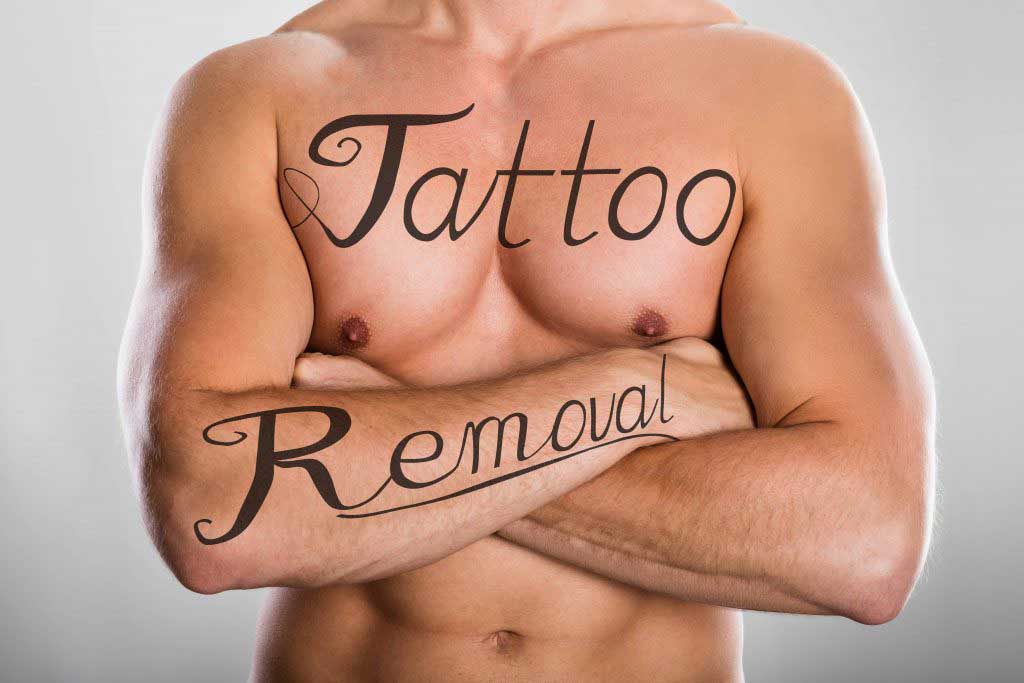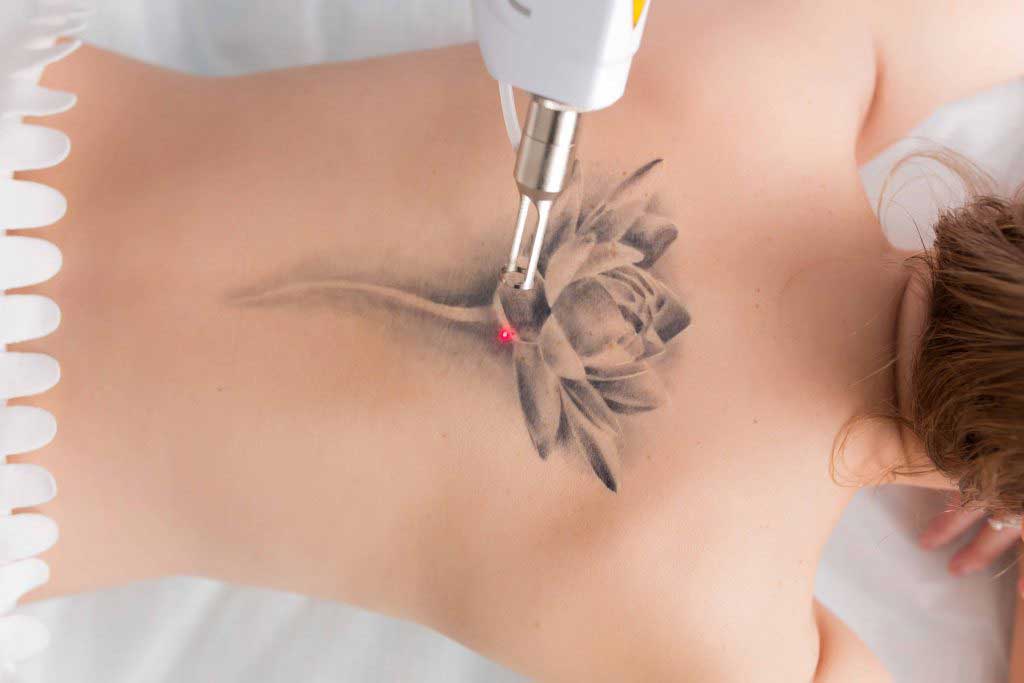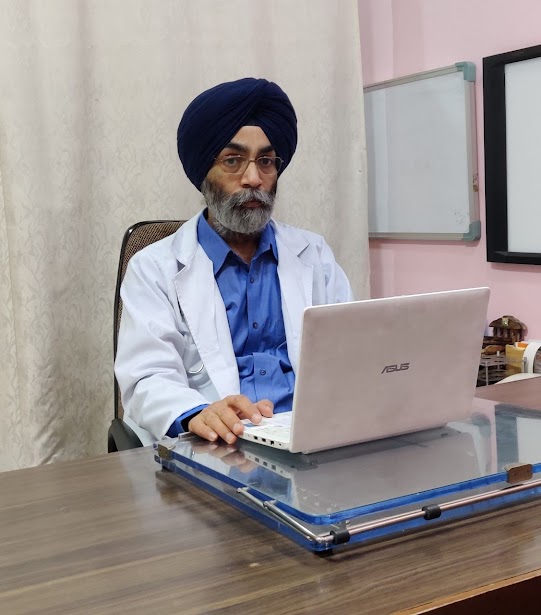Tattoo Removal – Setting your skin free from unwanted tattoos
Do you want to remove undesirable tattoos from your body, but don’t know how to? This blog is just for you!

Tattoo Removal
Usually, the human body can remove normal small particles from skin by itself. However, permanent tattoos, made of ink with bigger particles, need much more than human metabolism. This is where tattoo removal procedures like chemical peels, surgical excision, laser removal, dermabrasion, etc. are helpful.
APPROACHING A PLASTIC SURGEON FOR TATTOO REMOVAL
An experienced surgeon will consider your medical history, tattoo size, allergic reactions (if any), medications, etc., to perform the removal process. The treatment may lead to some side effects as well, such as healing delays, permanent skin discoloration, infection and scars. Hence, you should discuss your expectations and apprehensions with the surgeon before going under the knife.
Find a Plastic Surgeon in Your Area
Find Top Surgeons in India by Procedure
Find the Cost of a Procedure
AN INSIGHT INTO THE TATTOO REMOVAL PROCEDURES
Laser Tattoo Removal
The widely preferred and safest treatment, it involves the use of laser light for tattoo removal. The surgeon will hence ask you to put on eye-shielding glasses to guard your eyes from the high-intensity rays. The light will pierce through the skin’s top layer to let only the tattoo particles absorb the laser beam. The inner layer of the skin will remain unaffected.

Tattoo Removal Laser Process
The laser beam breaks the tattoo particles into smaller pieces so that the body could abort them easily. To remove colored tattoos, the surgeon will use laser wavelength of a particular intensity. For black tattoos, almost any wavelength would be effective. To get the best results, two or more sessions at a gap of a minimum of six to eight weeks would be ideal. Much will depend on your age, skin color, and tattoo size and color.
Dermabrasion: The surgeon uses a high-speed rotating device to remove the tattoo pigments on the skin’s top layer. Due to the treatment’s painful nature, the surgeon administers local anesthesia. The procedure may take multiple sessions to complete.
Surgical Excision: A rare procedure, it involves the use of a scalpel to cut the skin portion consisting of the tattoo. It is not suitable for large tattoos and can leave scars at the operated portion.
Chemical Peels: This method removes the top layer of the tattooed skin with the help of trichloroacetic acid (TCA), a mild acid.
RECOVERING FROM TATTOO REMOVAL TREATMENT
The surgeon will wrap the operated area with a bandage or gauze and will suggest proper care depending on the type of tattoo removal procedure you undergo.
Laser Tattoo Removal: An ice pack will relieve you from the burning sensation just after the procedure. At home, you should clean the wound regularly with soap and normal water, followed by applying any antibiotic cream. Keep the portion covered for around 5 to 8 days and put on sunscreen when in the open.
Dermabrasion: The cleaning method is the same as in Laser tattoo removal. Keep the treated area covered until complete healing, 10 to 15 days to be precise.
Surgical Excision: After surgical excision, usually two days rest is advisable. It is better to consult the surgeon before cleaning and dressing the wound back.
Chemical Peels: It ensures quicker healing as compared to surgical excision and dermabrasion. Clean, apply antiseptic cream and dress up the wound daily.
At times, any of these tattoo removal procedures may not be able to remove the tattoo permanently. Hence, it is better to consult the surgeon about realistic expectations.
our surgeons:




















